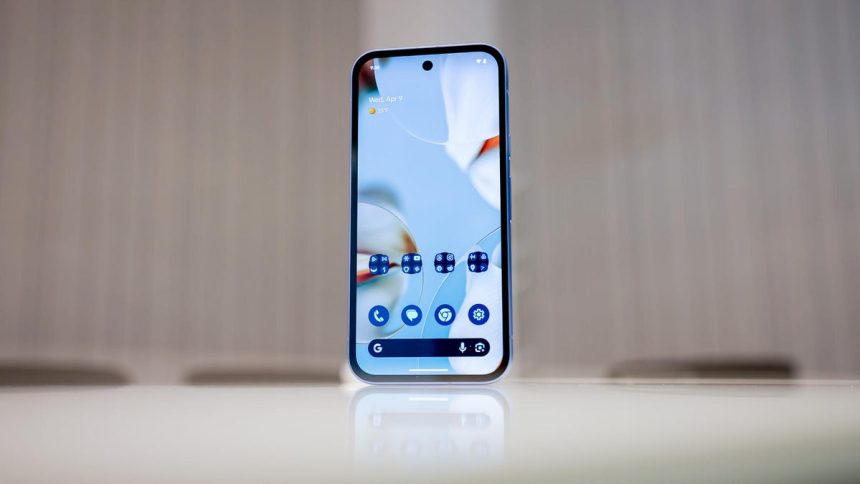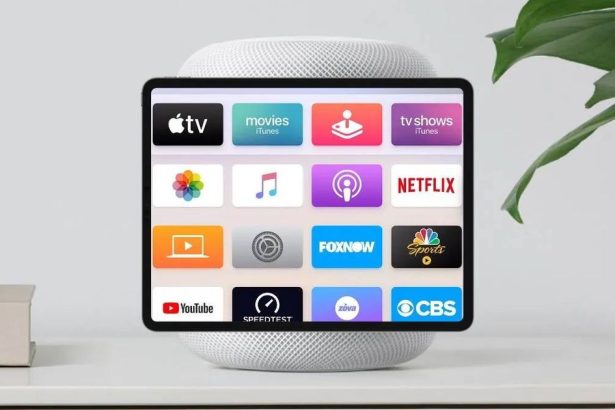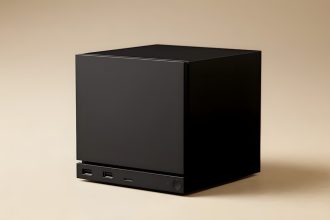The Google Pixel 9a, priced at $499, stands out as a compelling midrange smartphone. Featuring the new Tensor G4 chip, advanced AI capabilities, an upgraded main camera, and the largest battery seen in any Pixel device, it represents significant value for money.
Amazon is currently offering a limited-time discount, bringing the price to $449 during Prime Day, making this device even more attractive.
The timing of the Pixel 9a’s release is particularly pertinent as the consumer electronics market braces for potential fluctuations, with prices swaying and buyers eager to secure their choices amid uncertain economic conditions. In light of these factors, the Pixel 9a emerges as a relevant and prudent option for consumers looking for long-term value in a smartphone.
For the past month, I have actively used the Pixel 9a, and while I had initial reservations about its design, particularly the thicker bezels compared to rivals like the $459 Nothing Phone 3a Pro and the $399 Samsung Galaxy A36 5G, the removal of the camera bar has its advantages. It enhances grip and decreases dust accumulation on the device.
The high placement of the power button is worth noting, as it prompts the new Gemini assistant, enhancing its functionality to complete more complex tasks, including vision-based assistance.
Dust has historically accumulated in the crevices of Pixel phones, but the Pixel 9a evades this problem, maintaining its sleek look after continuous daily usage.
One of the key improvements is the display, which now reaches a peak brightness of 2,700 nits, a notable upgrade from the Pixel 8a’s 2,000 nits. This enhancement became evident when testing the phones in bright outdoor settings, where the Pixel 9a excelled.
Equipped with the same Tensor G4 chip as its higher-end counterparts, the Pixel 9 Pro XL and Pixel 9 Pro Fold, the Pixel 9a boasts enhanced processing speed with significant improvements in web browsing performance, reportedly 30% faster than its predecessor Tesla G3.
Concerns do linger regarding how well the Tensor G4 performs over prolonged use, particularly in terms of cellular connectivity and power efficiency. However, the Pixel 9a shines in battery performance, equipped with a robust 5,100mAh battery, surpassing its predecessor by a substantial margin. My extensive tests, including a mix of social media browsing, video streaming, and voice calls, reaffirmed its impressive battery life.
Despite the appealing specs and features, the Pixel 9a has its limitations, particularly regarding photography. While the new 48-megapixel primary camera outperforms in low-light conditions, the absence of a dedicated telephoto lens limits zoom capability, which became apparent during a recent basketball game.
For those considering a purchase, the Google Pixel 9a presents the best options under $500—boasting seven years of software support and robust AI features. Its well-rounded capabilities make it a commendable choice, especially if paired with a carrier deal.
However, if you own a smartphone that’s 1-2 years old, it may be prudent to wait for the next major sales event, as the forthcoming Pixel 9 could fall within a similar price bracket, offering better value. The market is ripe with opportunities, especially with the Pixel 9 being touted as an excellent choice for power users and professionals alike.Google








